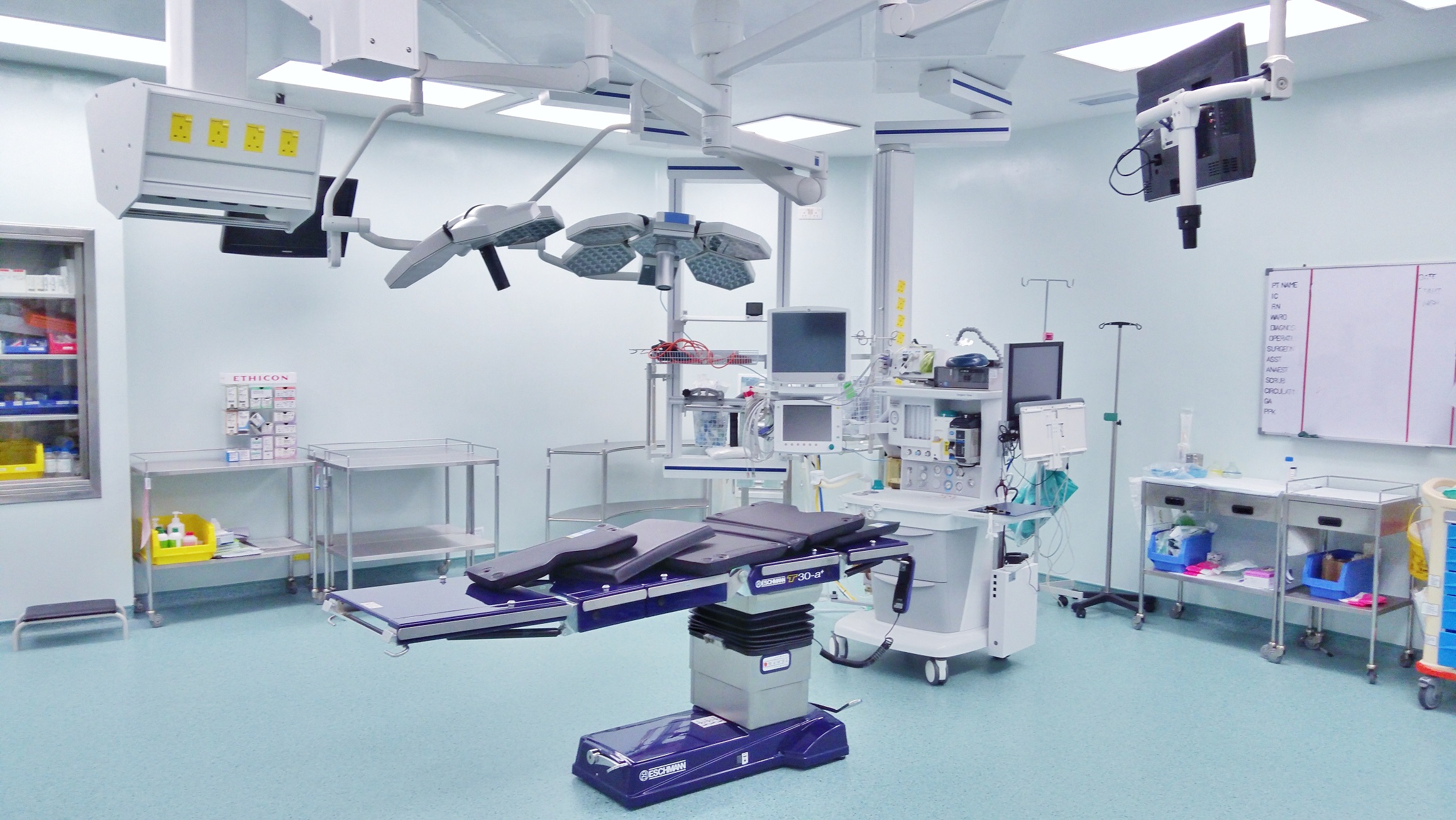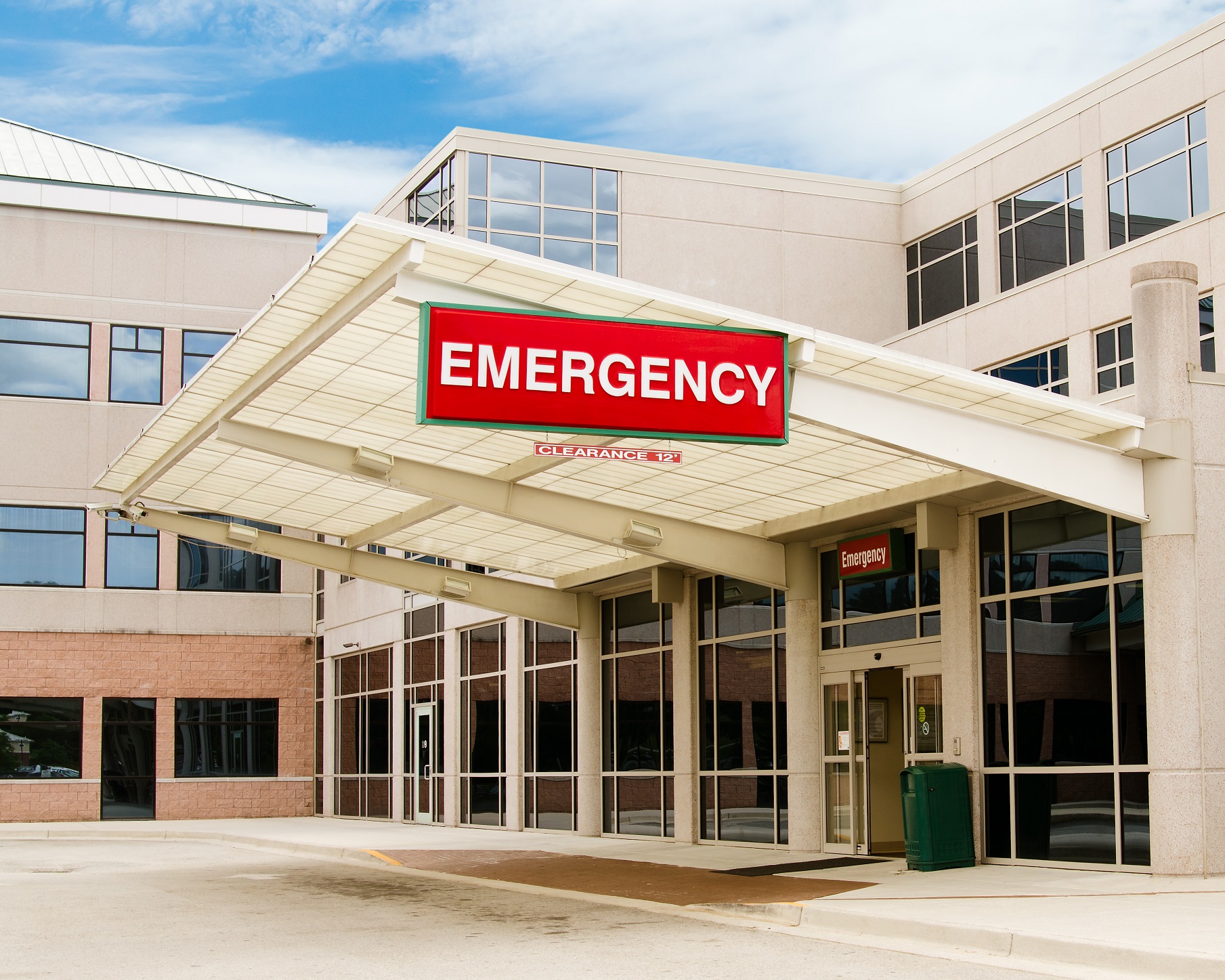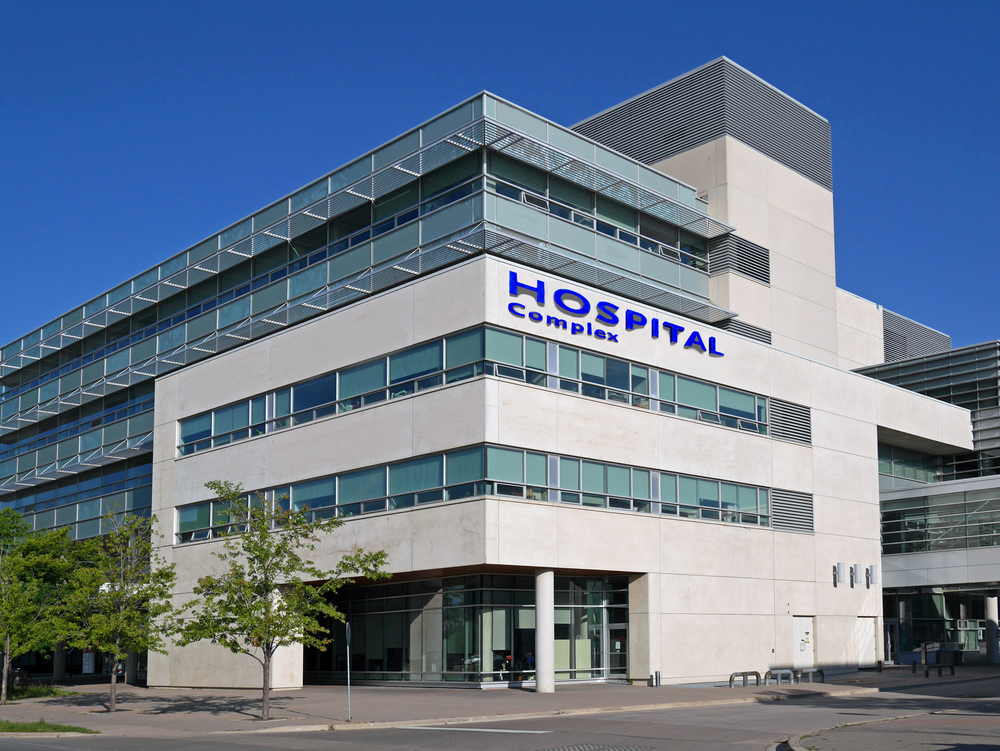Cost estimating in the healthcare industry is a precise science. It is time-sensitive, as costs fluctuate with construction escalation over time. The estimated cost to build a new hospital or medical office in a particular region is tied to a base cost of new construction in that region.
Estimates are developed in current dollars. Assessing future costs is difficult and requires an in-depth knowledge of escalation—probable future increases of material and labor costs. It takes time to plan, design, bid, mobilize, and construct, so it is critical to estimate the project start date and understand the effect of escalation on the base costs for different buildings in different locations and different types of new construction.
Escalation is a complex and critical component of effective cost modeling. Estimators usually blend information from various sources: ENR (materials, labor) at the end of each month, quarter, and year, and RSMeans indexes every year, both of which are variable by region, combined with the Turner Construction Company quarterly cost index — a national database.
These resources provide information about escalation and construction costs, and can help develop a more accurate estimate of probable escalation and incremental future percent change to the start of construction. To look forward, estimators must also look back and understand factors that effect change.
Estimating Method. Cost estimators and contractors typically develop detailed take-offs of materials and labor, so they need design and construction documents to assess those costs. Schematics provide design intent, but lack detail required to assess a contractor’s guaranteed maximum price (GMP).
Contractors add contingency allowances to cover unforeseen items. Cost modeling for master planning and schematic design should use graduated multiples of the estimated base cost for a specific building and function in a specific region to determine the costs per square foot. An effective cost model is typically based on departmental and building gross square footage. Once the new construction base cost for a specific date is established and escalated forward to the recommended start of construction, it informs component parts of master planning for both new construction and varying degrees of renovation.
Building Type. In healthcare, there are different construction types, including new buildings, horizontal and vertical additions, and renovations. Heavy renovation typically removes everything but the primary structural elements and building envelope, including roofs and floor slabs. Moderate renovation generally upgrades or modifies about 50 percent of the existing building. Light renovations typically involve minor changes. Cosmetic renovations, the lightest cost model, include paint and fixtures. Allowances for special items, typically available from manufacturers and vendors, should be appropriately escalated to the start of construction and noted as allowances.
The building’s age impacts the cost as well. Older buildings typically have smaller structural bays that limit change, and lower floor-to-floor heights that constrict space for new or modified MEP systems. When important infrastructural components need to be redeveloped, they are often moved to the roof or different floors, affecting the distribution or load handling in an older building and estimates of probable costs. In general, healthcare facilities built 50 years ago cannot be adaptively reused for complex clinical functions and fundamentally should be replaced.
Square Feet. Not all square feet are created equal. Net assignable square feet (NASF) defines useable space within the walls; departmental gross square feet (DGSF) defines total floor space required for each department including internal department circulation; floor gross square feet (FGSF) defines total built space measured around the exterior wall of a floor; and building gross square feet (BGSF) defines total gross space to be built.
Cost models are based on gross square feet. Space programming focuses on NASF. Grossing factors times NASF can determine DGSF and BGSF. Once a layout is developed and departmental gross area is determined, the department gross square feet divided by next departmental square feet can determine the net-to-gross factor. Net-to-gross factors vary with circulation and walls to provide DGSF. These factors are used to accurately convert net usable space to gross built areas. BGSF are multiplied by the escalated cost of construction per gross square foot, by region and building function, at the planned start of construction.
Key Factors in Project Execution. Cost estimating became even more challenging after the 2008 recession. In this post-recession period, construction bids came in much higher than cost estimates because there were not enough skilled laborers to do the work. The AE/CM team reviewed documents and industry trends and rebid the project nine months later. Prices were still high, but feasible. Escalation and cost estimating has become more difficult since the recession. While material costs increased modestly, there is a significant skilled labor shortage in some sectors that drives up costs. Understanding these factors and their effect on bids for new projects early in development is key.
Contingency allowance is another important factor. A 12 percent to 14 percent scope contingency allowance is typically built into the cost model before presenting the conceptual design along with that cost model. This can usually be reduced to 8-10% after construction documentation are complete, and all participants cease making changes. Contingencies inflate costs, so it is important to create that expectation for leaders in the initial cost model.
Soft Costs. Effective cost models should include costs beyond construction, so clients understand total project costs. Total project costs include construction costs and soft costs, which include allowances for owner costs, fees, construction contingencies and furniture, fixtures, and equipment (FF&E). A soft cost multiplier of 1.35 to 1.45 times the costs of construction is typical. The largest soft cost is typically FF&E. It can vary from about 10 percent of the construction cost of an administrative department all the way up to 35 percent of the costs to construct a new birthing center.
The team should assist the client by preparing a room-by-room FF&E summary noting each FF&E item in each room by vendor, model, size, etc. so NASF and building systems can accommodate them to confirm the FF&E allowance. In a renovation, some FF&E could be reused, reducing costs. The FF&E summary should also define required power, heat, plumbing, and other special resources and note delegate acquisition and installation of each item. FF&E summaries should become a fundamental component of the master plan and the construction documents.
 Experienced Leaders. With all the cost modeling challenges, it is critical to find an estimator with longstanding experience. Accurate track record based on past work is paramount. Looking at recently completed projects can provide valuable insights. Factoring escalation into the base costs of new construction in cost models is important, and it takes experience to get it right. It is difficult to generate accurate cost estimates for today or tomorrow based on what is known about previous projects and the current state.
Experienced Leaders. With all the cost modeling challenges, it is critical to find an estimator with longstanding experience. Accurate track record based on past work is paramount. Looking at recently completed projects can provide valuable insights. Factoring escalation into the base costs of new construction in cost models is important, and it takes experience to get it right. It is difficult to generate accurate cost estimates for today or tomorrow based on what is known about previous projects and the current state.
When it comes to construction, the contractor is a huge part of the equation. Selecting the right contractor requires hard numbers on costs, change orders, and management of their last 8-10 projects. There are various factors to consider, not least of which is accurately predicting future costs a year or two in advance. It is critical that the sample projects be recent so that subcontractors can properly bid. Good, ongoing relationships with contractors are critical to sustain the accuracy of the cost model. The information gleaned from contractor analysis is helpful when explaining cost estimates to clients.
Insight. The 2008-2016 industry slowdown varied significantly in different regions, so accurate regional escalation was hard to forecast. This is where escalation factors help to resolve probable costs per square foot. Population growth promotes construction booms but negative population growth reduces the regional labor pool.
In some parts of the country, such as the hard-hit Midwest, projects were halted even after construction had started. Hospital building was at a virtual standstill for several years. The current trend of escalation should gradually normalize as the recovery progresses and skilled laborers return to regions affected by the recession so the climate of the industry is an important factor in cost modeling, and someone with both pre- and post-recession experience can provide insight to where costs may not be accurate.
Experienced practitioners learn and apply the lessons from previous projects to future cost estimates. No matter how experienced a cost estimator is, the contractor will present costs based on his own experience. The contractor’s actual project costs can be re-entered into the cost model to corroborate functional modulator factors.
The model becomes more accurate with numbers from each completed project, but there are still some outliers, and it takes years of industry experience to anticipate those and ensure cost-estimating success. An effective cost model, developed early, along with an experienced team, and healthcare leaders who are on board with the process, are invaluable in creating accurate estimates in the early planning stages.






